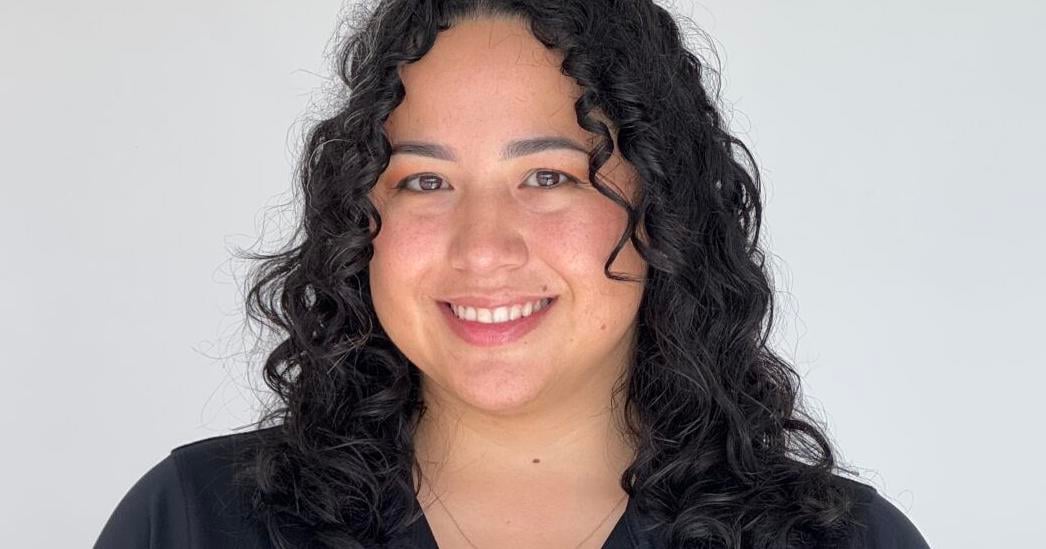It is a new year and you may be tempted to start a new diet to help you get into shape and be healthy. But there are lots of fad diets out there. Which one should you choose?
Here’s a tip: Don’t choose any of them.
Fad diets are just not good for you.
The ketogenic, carnivore, paleo (caveman) and various detox diets – and whatever is next – are tempting, but rather than a short-lived diet change, you should focus on a few guidelines that have been proven to promote a healthier lifestyle.
The myth of fad diets
First, fad diets instruct you to cut out entire food groups. Those missing nutrients – vitamins and minerals – can lead to vitamin deficiencies and your body not working as well as it should. Your body needs a wide variety of vitamins and minerals to be healthy.
Second, people start these diets with great enthusiasm, but they’re just too restrictive to keep up, so they quit the diet. I’ve seen this too many times. When people inevitably return to their normal eating patterns, they gain back the weight that they lost.
Third, when you severely restrict your calories, your body loses weight from lean body mass, which slows down your metabolism. Unfortunately, this means when you increase your calorie intake again, your body is now burning those calories more slowly, making weight gain even easier.
Fourth, some fad diets can be potentially dangerous. Your body might start experiencing serious health issues – your heart could be affected, your kidneys might struggle, and you could lose valuable muscle instead of fat. You never know which system might be impacted.
Finally, and perhaps most importantly, these restrictive fad diets can negatively impact your mental health. Instead of seeing food as nourishment, you might start viewing it with anxiety and guilt. This negative mindset can lead to poor self-esteem and, in some cases, develop into serious eating disorders.
Please think twice before planning your life around a trendy diet. Your body deserves better.
A better way
You could start simple with the MyPlate approach from the U.S. Department of Agriculture, https://www.myplate.gov.
In 2011, what used to be a food pyramid was reimagined as a plate of the five food groups: fruits, vegetables, grains, protein, and dairy.
Take a small step. Limit sugars, saturated fat, and sodium, when choosing what to eat or drink,
Then take another step. Include fruit at breakfast. Include whole-grain cereal with your favorite fruit. Add berries to pancakes. Mix dried fruit to hot oatmeal.
Don’t stop there! Choose vegetables as snacks instead of candy, and drink water instead of a sugar sweetened beverage.
Add proteins to your diet like fish, beans, lean chicken, or tofu.
Now add whole grains such as brown rice to stir-fry dishes. Your dairy portion can be low-fat or nonfat dairy milk or yogurt (or lactose-free dairy or fortified soy versions).
With these small steps, you can fine-tune and create a balanced, sustainable eating pattern that aligns with evidence-based nutritional science and your own personal health needs.
Consult with health care professionals who can help you create a personalized approach to healthy eating that you can maintain long term.
Your health and wellbeing is a long marathon, not a short sprint. By making healthy lifestyle changes, and avoiding the temptation of temporary diet fixes, you can achieve your wellness goals and live your best life.
Good luck to you!
Giana Santos is the health educator and nutrition counselor at TakeCare. She has more than five years of experience in the health and wellness field. Santos is a certified nutrition and wellness consultant and is a credentialed indigenous lactation counselor. For questions about wellness, please contact Giana via email at giana.santos@takecareasia.com.


